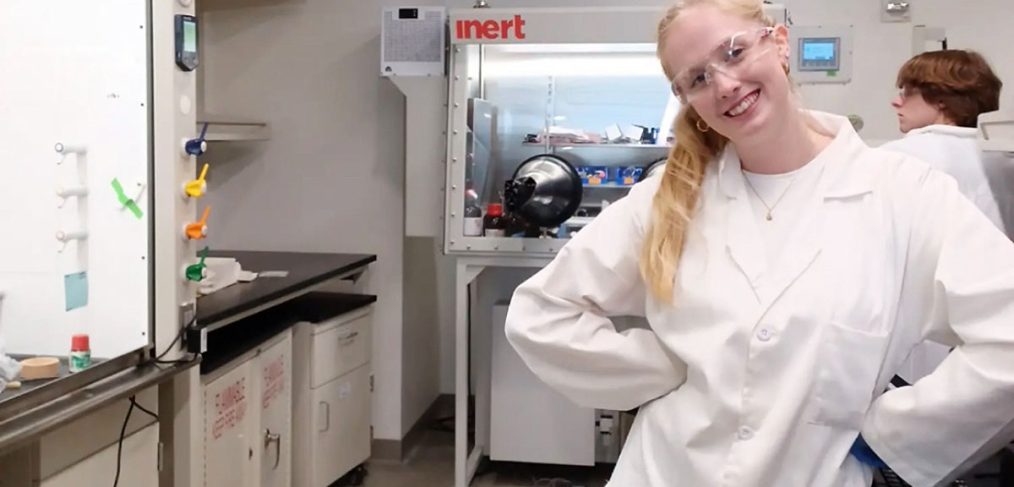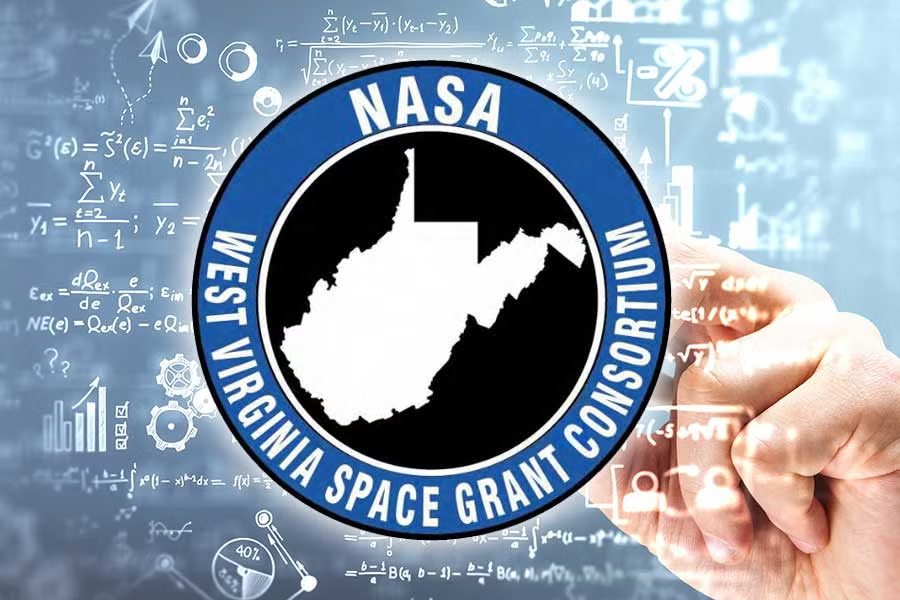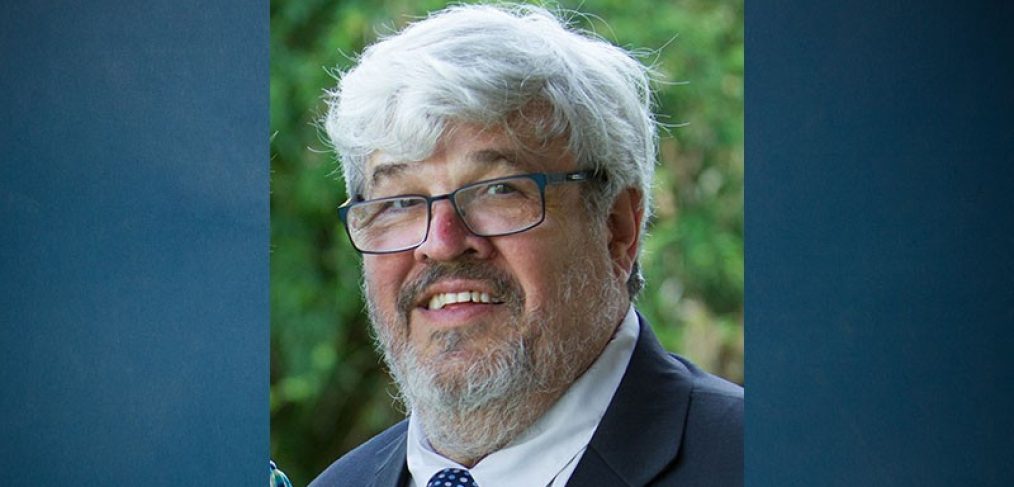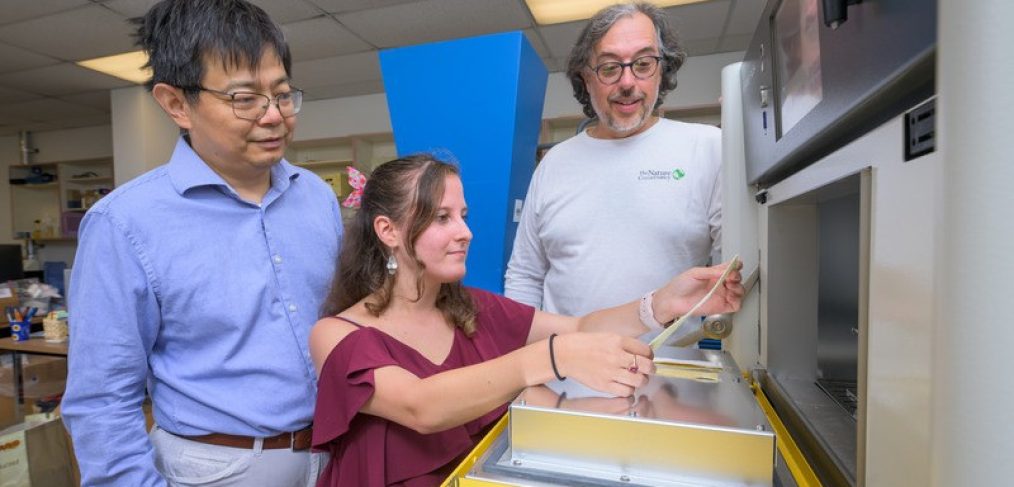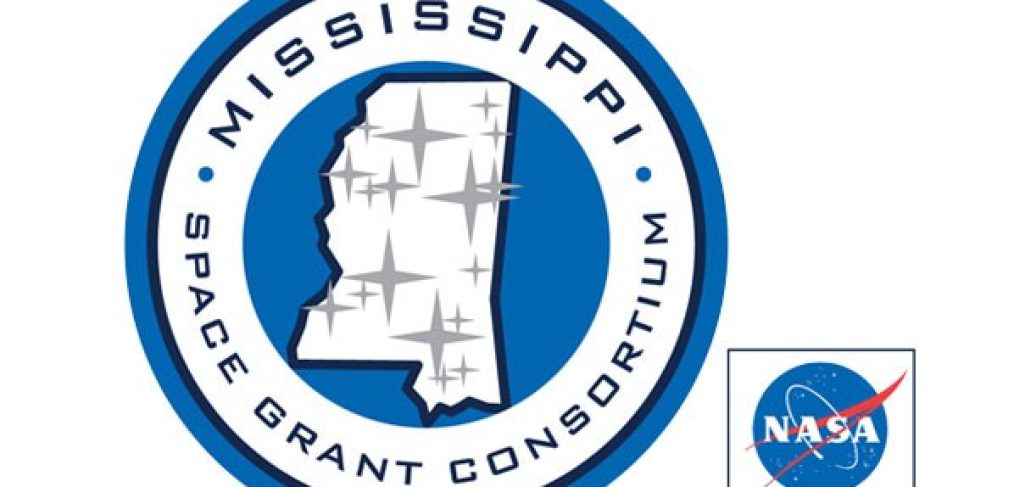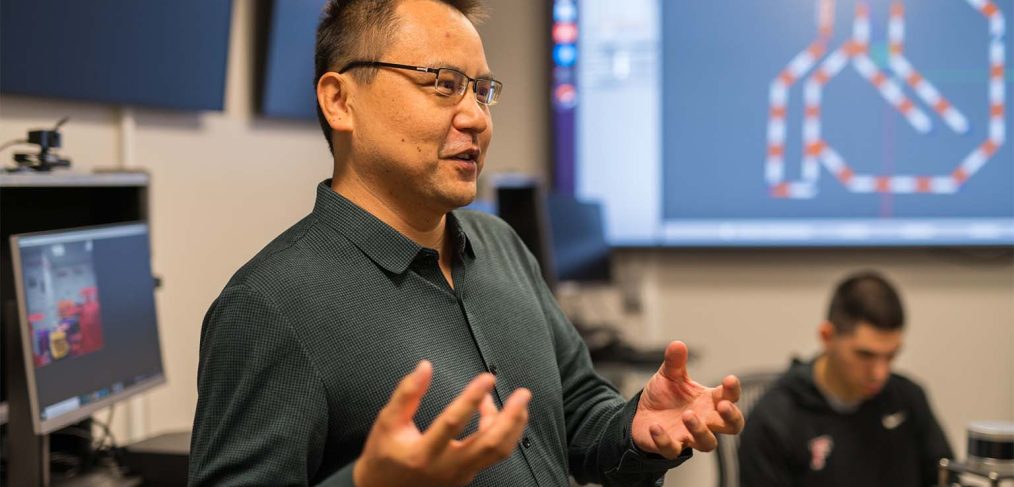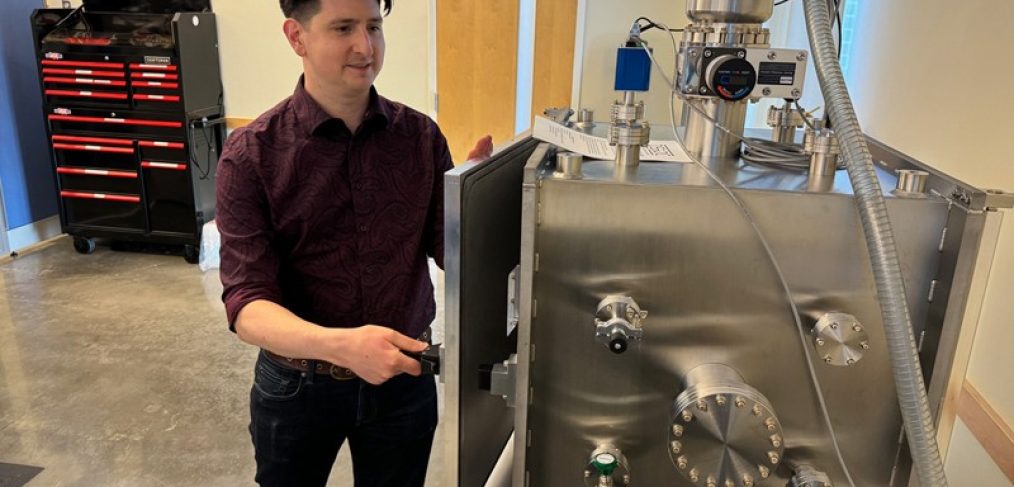In CAS Conversations, we sit down with students, faculty, staff, and alumni to dive into their unique insights, experiences, and ideas. From classroom innovations and personal stories to community impact, CAS Conversations offers fresh perspectives from the incredible people shaping our campus and beyond.
Kelsey Kirsch (BS biochemistry major, public health minor ’25) published a peer-reviewed article in the journal Dalton Transactions, a prestigious journal published by the Royal Society of Chemistry. Kelsey’s article details the study of a unique dioxygenase enzyme, acireductone dioxygenase (ARD), which has been linked to cancer development. Her study is the first to create a functional and structural model that mimics how ARD works. Even more exciting, she discovered a nickel-based compound capable of directly activating oxygen—something never documented before. These findings help open the door to understanding how similar enzymes might behave abnormally in ways that contribute to disease.
Kelsey worked under the mentorship of Chemistry Professor Santiago Toledo to bring this research to life. Since joining the Toledo Lab at the beginning of her sophomore year, she has not only contributed to this project but also taken on leadership roles within the department, including serving as a supplemental instructor for General Chemistry I and as a member of the recruitment and retention committee.
Read the full article on American.edu
Author Credit: Patty Housman
Image Credit: American.edu | American University
Original Post Date: Dec. 3, 2024


